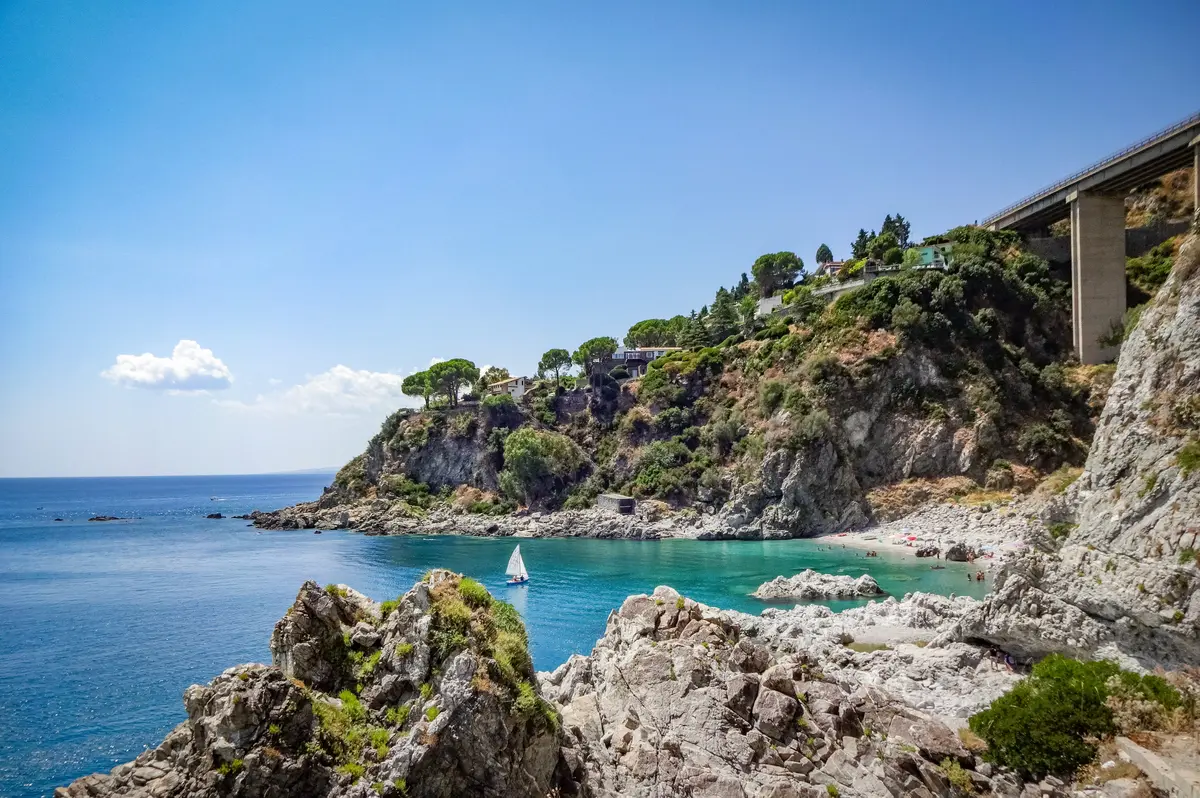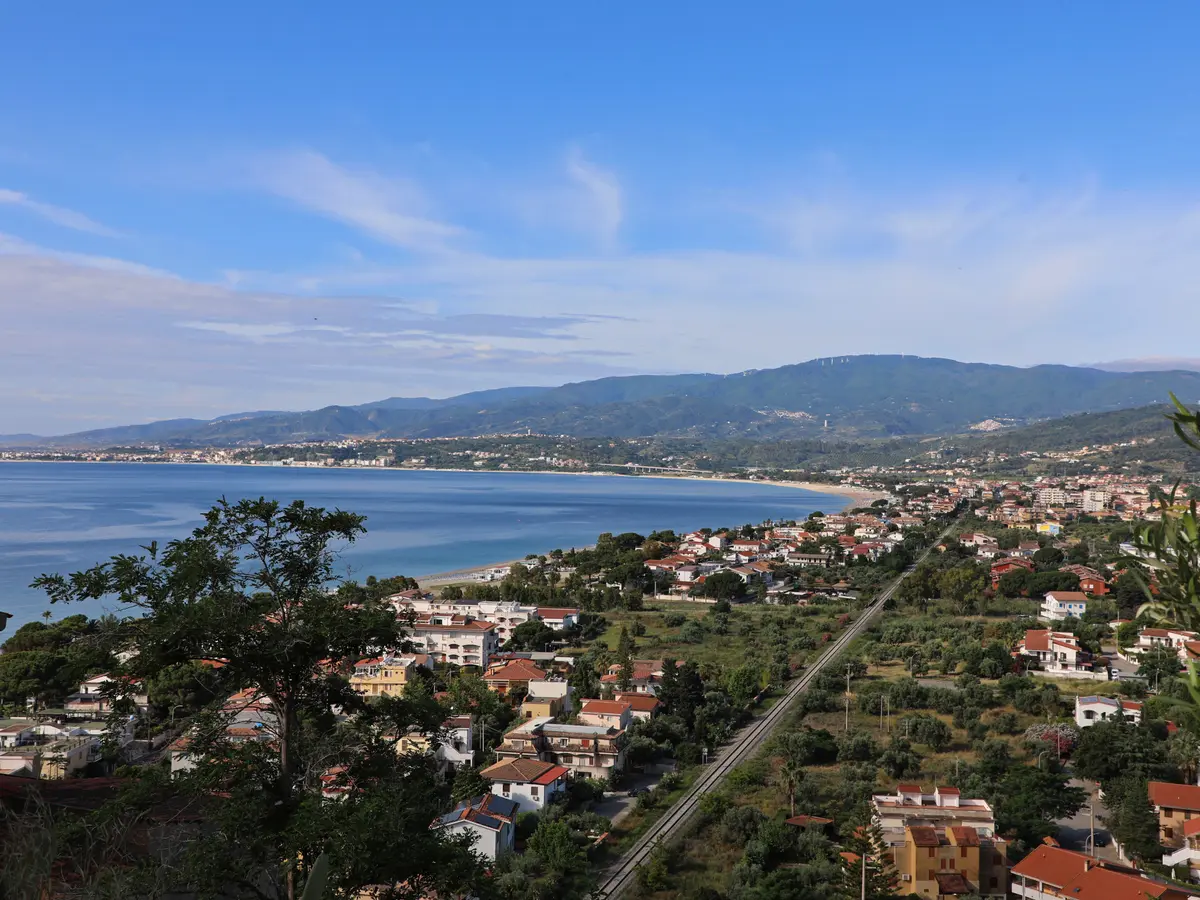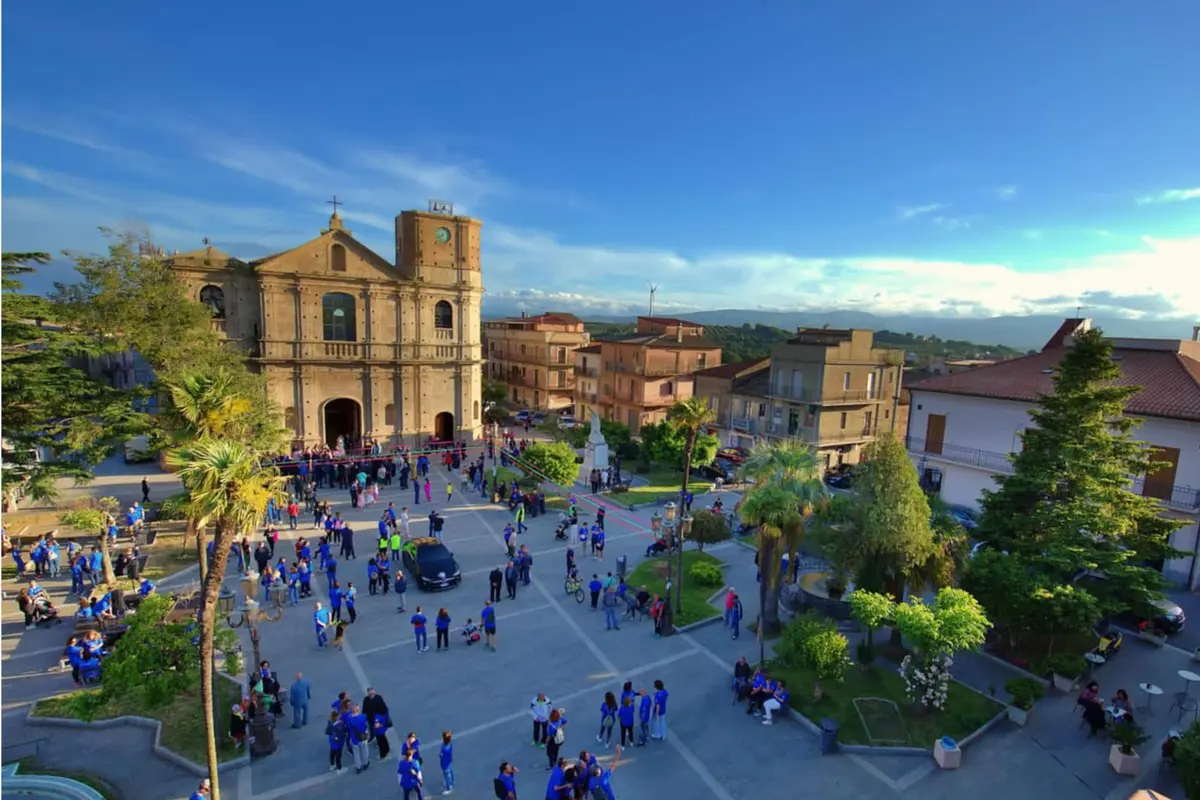Stalettì
Cassiodorean places and the most beautiful beaches on the Costa degli Aranci

Sea
Copanello di Stalettì - Vincenzo Stranieri
The seaside resort of Stalettì, in the province of Catanzaro, is one of the most beautiful and famous tourist destinations on the Costa degli Aranci, lying in the panoramic Gulf of Squillace.
Awarded the ‘’Legambiente Sails‘’, the beaches of Stalettì are among the most popular on the Calabrian Ionian coast: starting from the Caminia Beach, a corner of paradise that alternates between a long stretch of free beach and a few equipped establishments, and reaching the edge of the Copanello Promontory, where the calm sea protected by reefs is ideal for day and night dives among the most fascinating in the region.
The coastline of Stalettì, with the marine hamlet of Copanello, is the perfect place to explore by sailboat: along the boat tour, it is possible to stop at magical places, such as the San Gregorio Cave, and visit the archaeological remains of the Panaja Church and the Cassiodoro Pools, the ancient tanks in which the Cassiodorean monks bred fish, now real pools of warm water.
The founder of the ancient medieval monastery that stood between the present locations of Stalettì, Squillace and Borgia was the senator Flavio Magno Aurelio Cassiodoro (Scolacium, 485-580), who in the Byzantine era gave life to the Vivarium Monastery right in the centre of this extraordinary gulf.
Further upstream, the historical centre of Stalettì preserves the ruins of the ancient Mother Church dedicated to Santa Maria del Suffragio, the Church of the Immacolata, built by local craftsmen, with a portal in grey granite, some frescoes inside and an altar in polychrome marble, and the Church of the Rosario.
What can you absolutely taste in Stalettì? The renowned granita, served at tables in the main square.
Useful information
What to know about Stalettì
Where to Sleep
There are 6 available accommodations.
Places
There are 1 places to visit.
Travel Ideas
There are 5 travel ideas.
Infopoint Stalettì
Stalettì
No result








